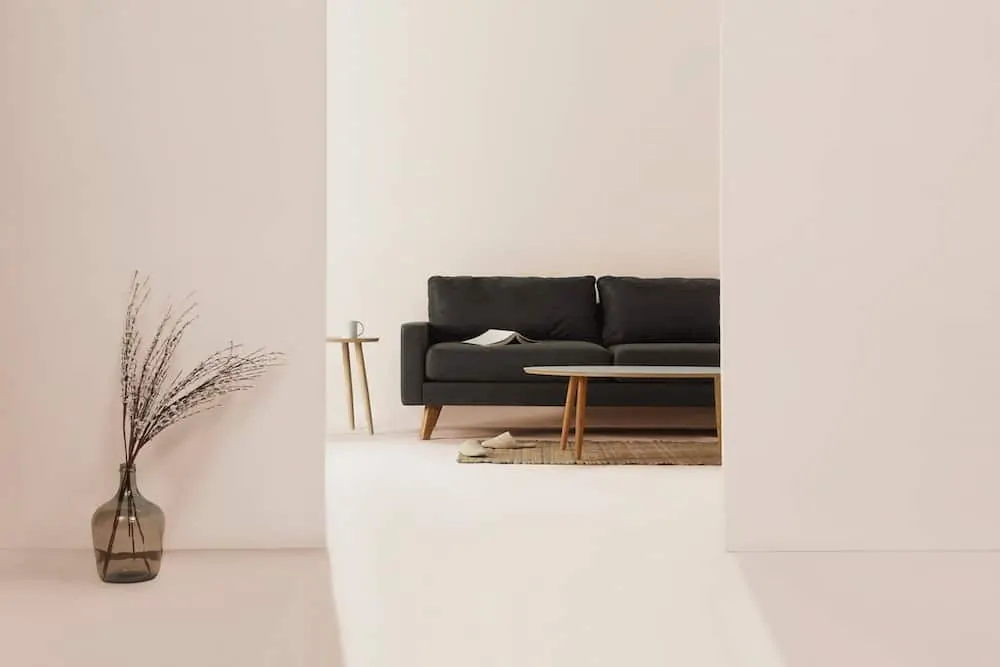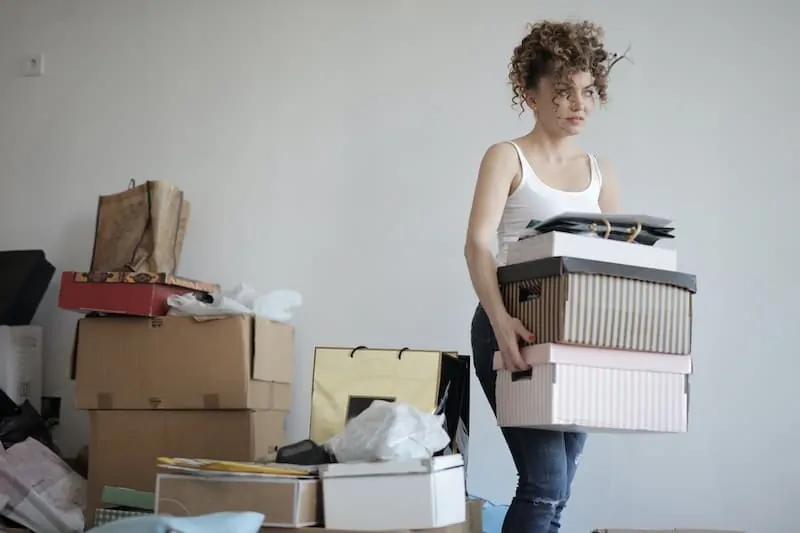Tackling a disorganized home can be a mental, physical and emotional challenge for all of us. It’s easy to be intimidated by the amount of time and energy it will take to achieve what we call “freedom from clutter.” We define this freedom as living an intentional life where you are in control of the things you own and how they take up space in your home and head. The decluttering process is far easier when you start with a few simple steps to gain momentum and confidence, then build a plan for tackling the entire job.

One of the biggest things to keep in mind is that this doesn’t have to be fast. Some experts recommend setting aside a few days and doing everything at once. This is fine if that method works for you. However, for many of us, that time commitment is not realistic. It can also be mentally and physically draining to spend that much time taking on this task. I’ve often found that the more consecutive time I spend deciding what to keep and get rid of, the less clarity I have about what the right decisions are. Tackling clutter in small bursts can ensure that you are always starting with lower stress and higher energy. It can also help you to avoid procrastination since it’s easier to take on 15-30 minutes of work than 2-3 days.
We’ve put together a few of our baby steps that will help to kick off your journey to a more minimalist, organized and happy home.
Simple first steps to a clutter-free home
Start with anything that is broken. If it’s an essential item, set a deadline to repair it or have it repaired. If you get past that deadline without fixing it, it has to go.
Schedule 15 minutes once or twice per week. Set a goal for how many things you’d like to get rid of and use that time for rapid decluttering. With each 15 minute block, you can choose a specific room (pantry, etc.), choose to tackle a category (socks or makeup for instance), or isolate one small area with a lot of clutter (like a junk drawer). Repeat this for a few weeks until all of the obvious stuff has been removed.
Pick five categories of items that you think you may have too many of. For each category, list the appropriate number that you think you need. Maybe it’s four pillowcases, ten pairs of socks, or one of each spice. You’ll be surprised at how many extras, duplicates and “just-in-case” items you have in the categories that you choose.
Attack the hidden items. It’s very easy to store away space-sucking clutter and forget that it’s even there. Storage bins, boxes, bags and baskets can all be full of items you haven’t needed or touched in years. Pick one at a time and go through each item. Think about the last time you used it. If it’s something that you aren’t able to identify the next time you’ll use it, consider getting rid of it. Another thing to think through: even if you might use it in a few months, what would it cost to replace it? Is it something you can borrow instead of own? A lot of times, we hang onto items that we only need once a year and that we could replace for a few dollars or borrow from a neighbor.
Trade decluttering or organizing time with friends or loved ones. Sometimes, it’s hard to tackle a room, closet or garage when you are too close to it. Find a friend and switch houses for an hour or two. Identify an area that you could use help with and vice-versa. Obviously, you shouldn’t just start tossing things from their home. However, you can isolate things into bags or boxes that you identify as trash, broken, unnecessary, questionable and essential. When you return to your home, walk through those items and make your decisions. Getting a second opinion on what you need can really give you new perspective on your decluttering process.

The freedom from clutter mindset
The process of truly seeking a clutter-free minimalist lifestyle won’t happen overnight. It’s not only a multi-day or week undertaking, it’s also an ongoing process to maintain this freedom. Going into this process with the right mindset and framework for this journey will make everything easier and more enjoyable. A couple places to start:
Set your intentions
At some point in this process (beginning or middle), take a moment to write down your purpose for seeking freedom from clutter. Why are you doing this? What do you hope to gain? What will this freedom feel like? What does a clutter-free home look like to you? If you live with your family or roommates, how can you get them on board with this process? Taking on this process with intentionality and building a vision will help you to have the right mindset before you start.
Build momentum first
There will certainly be a bigger decluttering and organizing effort than what is included in these steps. However, if you start with a couple weeks of the low-hanging fruit, the larger task of freeing yourself from clutter will be much easier. Having a few dozen or a few hundred less items in your house will build momentum and make it much easier to take the next steps. Removing items from your home or finding a place for things you will keep has a way of making you more excited to continue the process each time you make progress.
Don’t stress it too much
The purpose of the quest for a clutter-free life is to create space, happiness and freedom. Taking this process too seriously, or taking on added stress in your efforts kind of defeats the purpose. If you find yourself overwhelmed or stressed when trying to declutter, feel free to take a step back and slow down. Remember that it doesn’t have to be perfect or 100% complete. Small steps add up to big wins.
Another pitfall to avoid is drawing inspiration from unattainable sources. We’ve all seen the perfectly organized houses on Pinterest and set that as our goal. The key is not to try to match these uncluttered spaces, but to draw tactics, inspiration and ideas from them. The goal is to be better, not the best.
While a lot of decluttering ideas come from simple living and minimalist sources, you don’t necessarily have to be a full-blown extreme minimalist. If you can live an intentional, organized, content life with more stuff, then that can be your version of minimalism. There is no rule book for living this way.
Simplify Your Life Course
Take the 13-step course to learn intentional living by focusing on what is truly important in life while getting rid of the rest.
The benefits of freedom from clutter
It may seem obvious that starting this process will most likely enhance your life. But there are some hidden benefits of a clutter-free home and life.
These include:
- A consistently cleaner home
- A healthier home with less dust, allergens and even tripping hazards
- More space (mental and physical) to focus on the most important things in your life
- The satisfaction of donating, gifting or simply removing excess items from your home
- The financial benefits of selling certain items or tax deductions for donations
- The extra time you will have when you no longer have to search for items around the house
- A sense of pride in your home and knowing that you control the way you live in your space
Hopefully these tips are helping to kick off your tidying, streamlining and organizing journey. Check out our other articles for more decluttering tips and feel free to reach out to us with any questions or success stories!